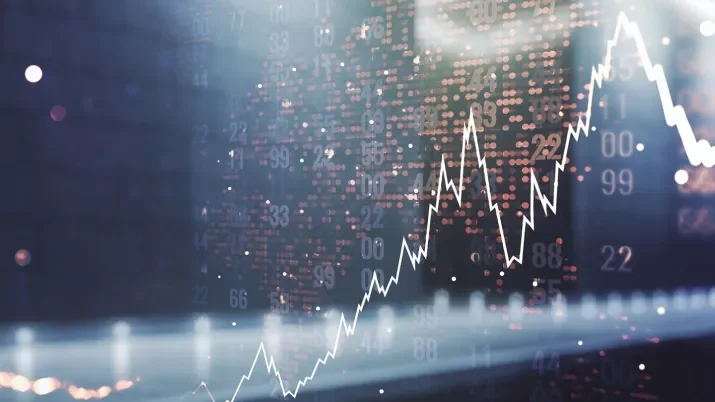Peak hawkishness for rates, but can the consumer handle it?
Since the end of last year, central bank officials have been falling over themselves to increase their hawkishness around rates, particularly in the US. Even the ECB Governing Council members have been vocal of late. Meanwhile, although the Bank of England still likes to confuse us with a bit of mixed messaging, it's still likely we will receive our fourth consecutive hike when the Monetary Policy Committee meets next week.
Last week, Federal Reserve chair Jerome Powell practically confirmed a prospective 50bp hike during its next policy meeting and emphasised the need to raise rates more quickly than policymakers did during the last cycle. This view now seems to reflect the base case of most FOMC members, with many adding that multiple 50bp hikes could be warranted. As ever, St Louis Fed president, Bullard, remains the most hawkish, strongly advocating that US rates hit their neutral point quickly (~2.50%) while arguing a year-end target of 3.5% should be considered possible. So, how much more can the market price in?
These hawkish views are certainly reflected by markets, with Bloomberg's World Interest Rate Probability function predicting Fed Funds rates of 0.84%, 1.40% and 1.89% for the May, June and July meetings, respectively and a year-end implied rate of 2.7%. As a result, the 10-year Treasury recently reached an intraday level of 2.97% before retreating on global growth and Chinese shutdown concerns.
However, while inflation concerns continue to drive this rhetoric, we shouldn't forget that the US consumer drives the American economy, making up around 70% of GDP (vs ~54% in the Euro area). The consumer is already being buffeted on all sides by runaway inflation, a global energy crisis and squeezed incomes; can they shoulder rate hikes of +200bp this year? At the same time, the US 30-year mortgage rate is now at 5.4%, the highest level since 2008, reflecting rate hike expectations. These borrowing costs only add to the increasing cost of living for new borrowers.
With earnings season in full flow, businesses are already beginning to sound cautious regarding their investment plans. While current ISM surveys remain positive, uncertainty has increased and small business optimism is at a two year low and not far off the early-pandemic lows.
Consumer Sentiment surveys are one thing investors should track very closely now, and they similarly suggest that optimism is waning. However, the US savings rate is still above the levels experienced before the global financial crisis, helped by generous COVID pandemic support packages. While the US consumer remains in reasonable health, economic difficulty can hit consumer spending very quickly. In the UK, consumer confidence is already falling swiftly, with the ONS reporting yesterday that a quarter of UK adults found it difficult to pay their usual bills last month, and 43% are not expecting to have the ability to save over the next twelve months. However, we believe US consumers are still in better shape than their UK counterparts.
If the Fed is to push through hikes at the speed and magnitude currently predicted, it will need the consumer to stay healthy and confident. While central banks are keen to tackle inflation, they probably don't want to do so at the expense of positive economic growth. Clearly, rates will not directly impact the cost of gas or oil or improve supply chains, which are significant components of the current inflation spike.
We believe the hawkishness on rates is beginning to peak. The next question we are asking ourselves is, can these consumer driven economies somehow have a soft landing in the face of a huge squeeze on income. At the moment, inflation themes and central banks' responses still dominate market risk appetite, but at some point, we have to question the vulnerability of these economies as we approach late cycle dynamics. With this in mind, and with rate hike rhetoric approaching peak hawkishness, it may be an opportune time to consider reducing positions that are underweight rates exposure. While Treasury yields may not have peaked, a lot is now priced in, including a strong consumer, which, in our view, is not a given.




